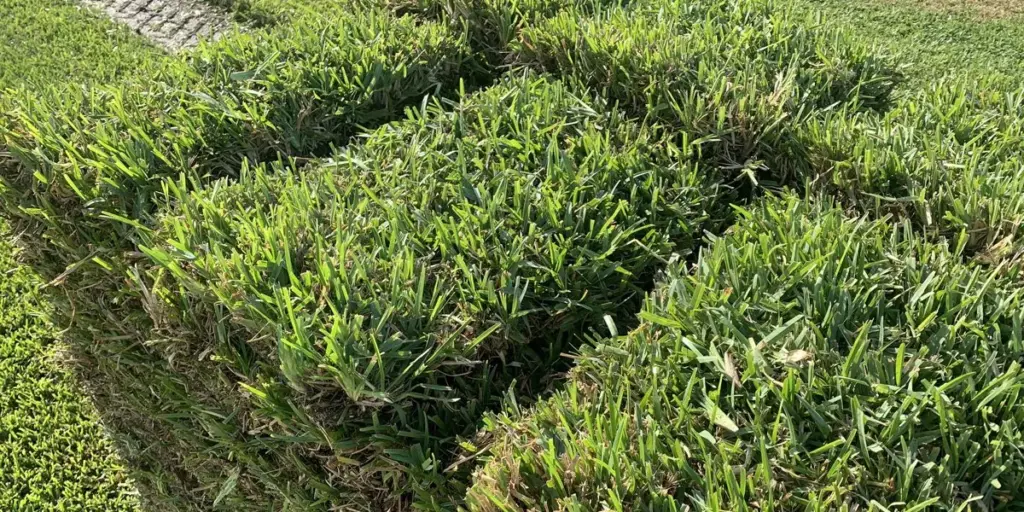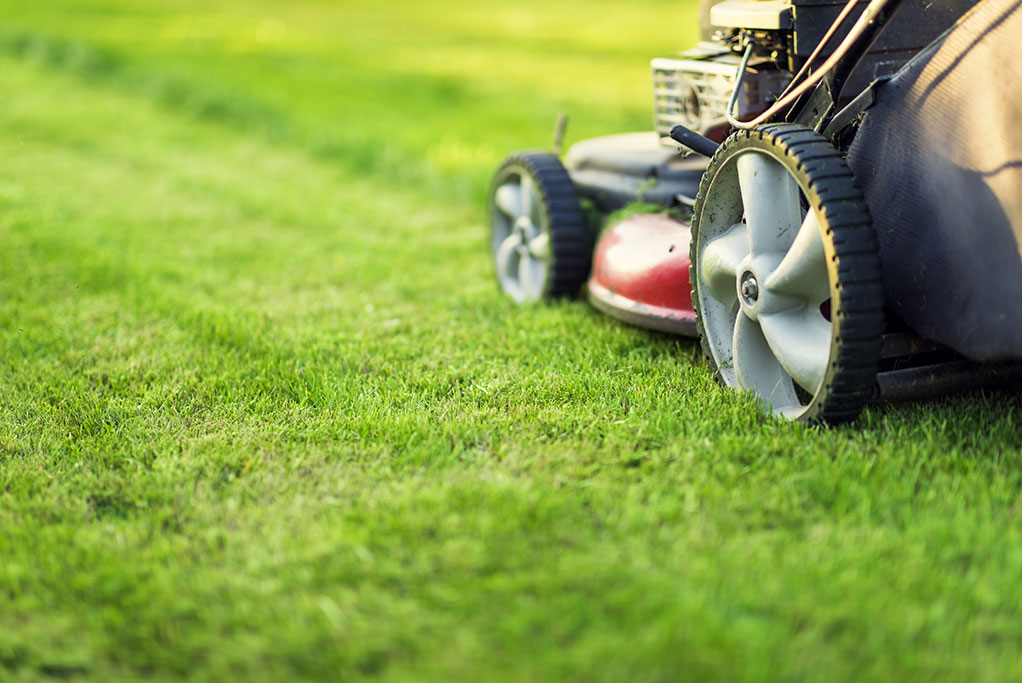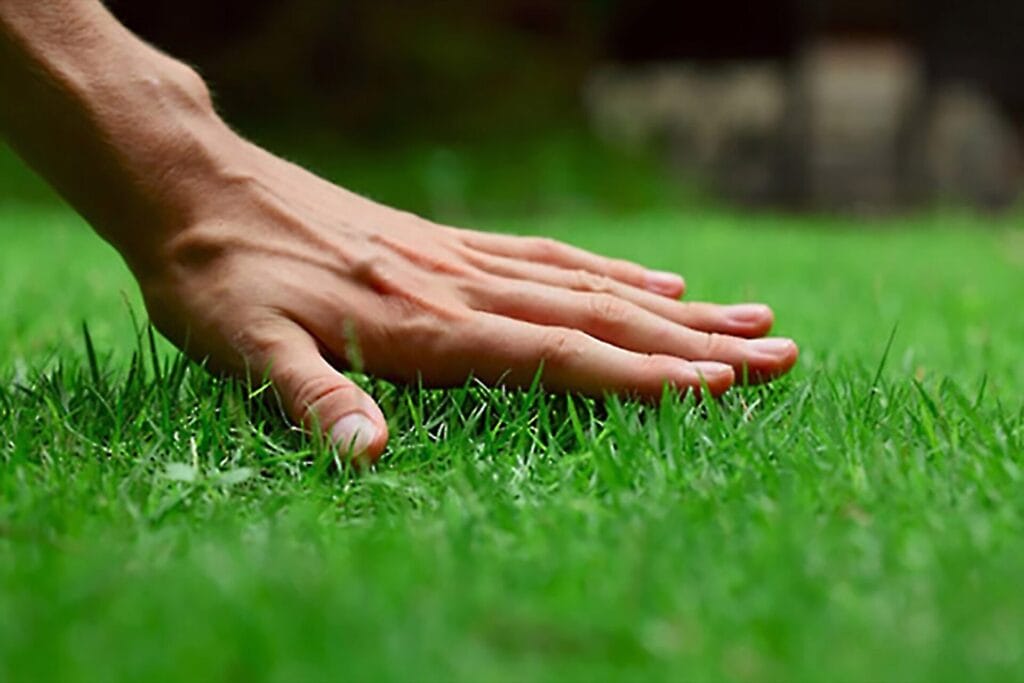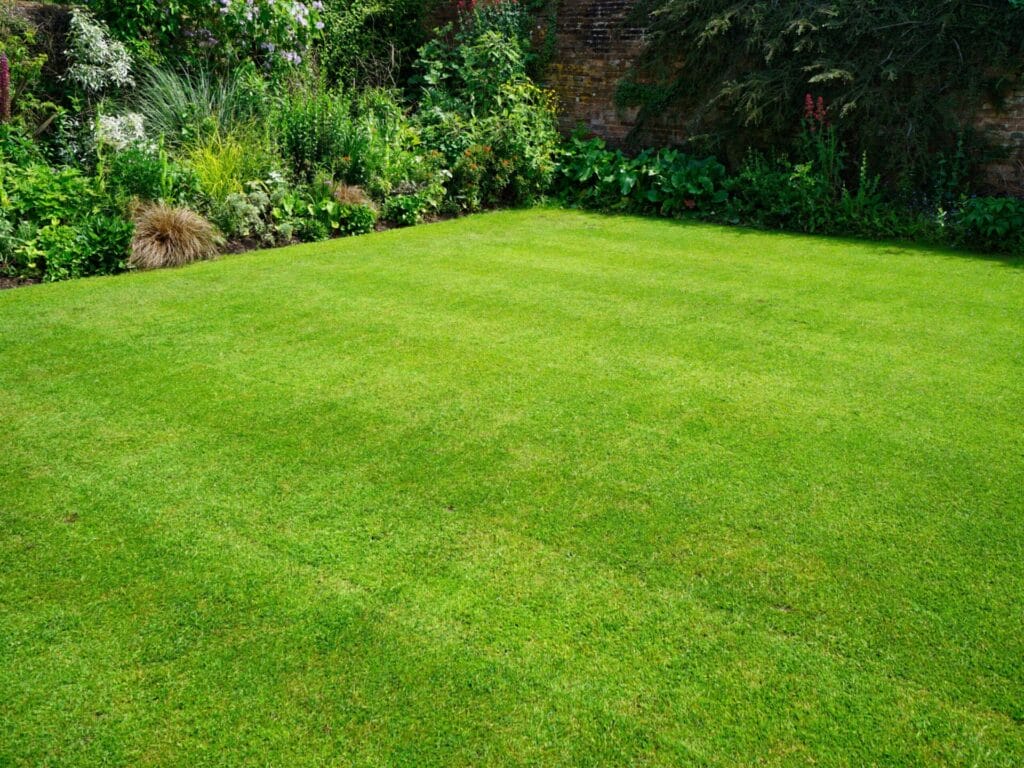If you’re a homeowner in Georgetown, TX, you know how crucial it is to maintain a healthy lawn. With the hot summers and variable rainfall in Central Texas, it’s easy for your grass to become stressed, compacted, or starved for nutrients. That’s where core aeration comes in. This simple yet effective lawn care technique can transform your yard into a lush, green oasis. In this blog, we’ll explain why core aeration is a game-changer for Georgetown lawns and why it will benefit yours, too!


Texas is enormous and includes several USDA hardiness zones (6b to 9b). The grass that thrives in Houston might struggle in El Paso. Generally, Texas has a warm-season climate, which means grasses that peak in summer are ideal. The state can be divided into:
East Texas: More rain, humid conditions
Central Texas: Transitional zone, moderate rainfall
West Texas: Dry, arid, and desert-like
South Texas: Subtropical, very hot summers
Knowing your region’s climate is the first step in selecting the appropriate grass.
Texas lawns perform best with warm-season grasses, as these types thrive in hot summers and survive drought better than cool-season varieties. However, transitional areas in North Texas might allow limited cool-season use in shady or overseeded areas.
Warm-season grasses include:
Bermudagrass
St. Augustinegrass
Zoysiagrass
Buffalograss
Centipedegrass
Cool-season grasses (like fescue or ryegrass) are rarely used in full lawns but may be overseeded for winter color.
Bermudagrass
Best for: Sunny areas in Central and North Texas
Pros: Fast-growing, durable, tolerates heat and foot traffic
Cons: Requires full sun and frequent mowing
Bermudagrass is one of the most popular grass types for Texas due to its excellent drought tolerance and fast recovery. It’s ideal for active families and pet owners.
St. Augustinegrass
Best for: Coastal and East Texas
Pros: Tolerates shade better than other warm-season grasses, lush appearance
Cons: Vulnerable to chinch bugs and disease, moderate water needs
St. Augustine is a favorite in humid, shady areas, making it perfect for East Texas lawns with tree coverage.
Zoysiagrass
Best for: Statewide adaptability
Pros: Thick carpet-like texture, excellent drought and shade tolerance
Cons: Slow growth, more expensive to install
Zoysiagrass is a premium lawn choice that performs well across many Texas climates. Its dense turf resists weeds and requires less frequent mowing.
Buffalograss
Best for: Low-maintenance lawns in West and North Texas
Pros: Native grass, highly drought-tolerant, low maintenance
Cons: Not ideal for high-traffic areas, prefers full sun
As a native Texas grass, buffalograss is a sustainable option for eco-conscious homeowners looking for a natural, prairie-like lawn.
Centipedegrass
Best for: East Texas
Pros: Low fertilizer needs, slow growth, good for acidic soils
Cons: Not very drought-tolerant, sensitive to alkaline soil
Centipedegrass is a slow-growing, low-maintenance option perfect for homeowners who prefer minimal upkeep and have naturally acidic soil.
a. Sunlight Exposure
Full sun: Bermudagrass, Buffalograss
Partial shade: St. Augustinegrass, Zoysiagrass
b. Water Requirements
Low: Buffalograss, Zoysiagrass
Medium to high: St. Augustinegrass
c. Foot Traffic
High: Bermudagrass, Zoysiagrass
Low: Buffalograss, Centipedegrass
d. Soil Type
Sandy soils: Bermudagrass
Clay soils: Zoysiagrass
Acidic soils: Centipedegrass
Once you’ve selected the best grass for your Texas yard, proper lawn care is crucial:
Mowing: Follow the recommended height for your grass type (e.g., 1.5–2.5 inches for Bermudagrass, 3–4 inches for St. Augustine).
Watering: Water deeply but infrequently. Early morning is best to avoid fungal issues.
Fertilizing: Use a nitrogen-rich fertilizer during the growing season.
Weed Control: Pre-emergent herbicides in spring can help keep weeds under control.
Choosing the right grass type for your Texas yard is not one-size-fits-all. If you prefer a low-maintenance yard with minimal watering, go for buffalograss. For a luxurious, lush lawn with some shade, St. Augustinegrass or Zoysiagrass are excellent choices. Active families who love backyard games should consider Bermudagrass for its durability.
The key to a healthy Texas lawn is matching the right grass with your regional climate, yard conditions, and personal preferences.
Conclusion
Now that you know how to choose the right grass type for your Texas yard, you can make an informed decision and enjoy a green, healthy lawn all year long.



